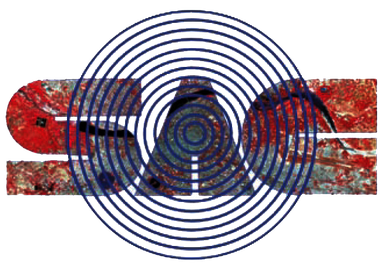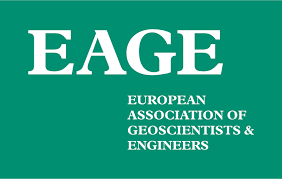The Earth Sciences Department research projects at the Indian Institute of Technology Gandhinagar involve rigorous investigations into the physical processes and patterns of the Earth’s surface and subsurface, systematically leveraging diverse data sources and methodologies to generate solutions that advance scientific knowledge and contribute significantly to societal and environmental well-being.
Funding and Institutional Support













